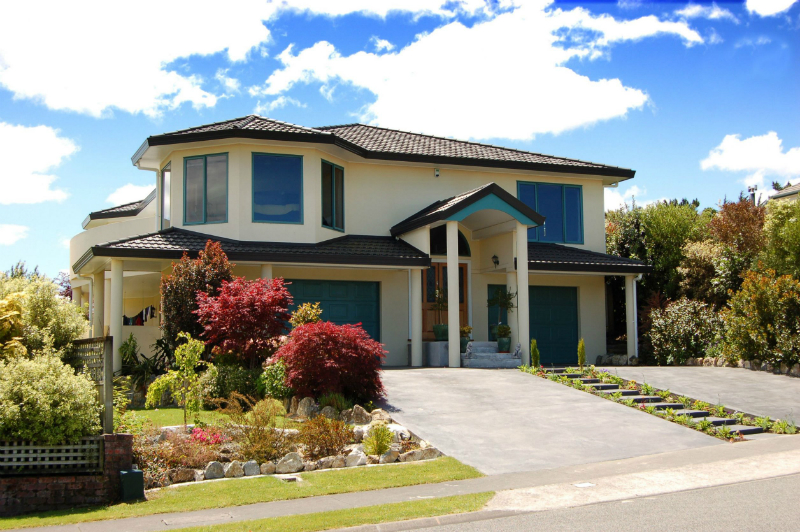In the United States it is estimated that there is 39 million acres of black top, that’s getting close the land area that was planted in wheat, which was 51 million acres. There are 3.9 million miles of roads and enough parking for 214 million cars and trucks.
It’s hard to imagine how much of that black top in St. Paul is but if anyone wants to figure it out it can be done, just multiply 0.18 acres times the number of cars in St. Paul. No matter how you cut it, that is a lot of black top.
Fortunately for the environment, more black top in St. Paul is recycled than any other product. When black top is torn up, almost all of it is reground and reused in new black top, in most instances it is something that is done right on the site of the new repaving program. Other recycled waste that goes into the production of black top is old tires, roofing shingles, foundry sand and foundry slag. The recycled waste goes straight back into new black top in St. Paul as well as being used for the road bed, shoulders and embankments.
As a matter of perspective, the recycling of black top is 13 times that of old newspapers and a staggering 267 times the amount of plastics that are recycled.
Black top, also known as asphalt as well as bitumen or macadam and is the surface of choice for driveways, parking lots, tennis courts, automobile race tracks, airport runways and of course, roads and highways. Asphalt goes a long way back; there is evidence of asphalt roads in Babylon six hundred years before Christ. The Romans used it for caulking their baths, reservoirs and water transfer aqueducts. The early global explorers used it to re-caulk their ships on long voyages.
It was not until the development of a decent road sub strata that black top was used for roads in Europe and the United States. Once a road bed of large stones, covered by excavated roadway material and then gravel had taken hold hot tar was poured on and the material became what was called at the time Tarmacadam after the developer John Macadam.
The first real black top in St. Paul was sidewalks and crosswalks to ease the passage of pedestrians. The first truly black topped road in the US was in front of city hall in Newark, NJ and it was not long after when Pennsylvania Avenue in Washington DC was black toped.
As the use of black top popularized, new and innovative ways of producing it were developed. In 1900 all black top was produced using natural asphalt brought from Trinidad and Venezuela. By 1907 refined asphalt made from refined petroleum far outstripped the use of natural products.
Today, black top is something that is taken for granted and most homes have black top drives, as do mall parking lots and city streets. In St. Paul a contractor of choice is Classic 360, a company that offers a full range of products and services for road asphalting, maintenance and excavating services.

